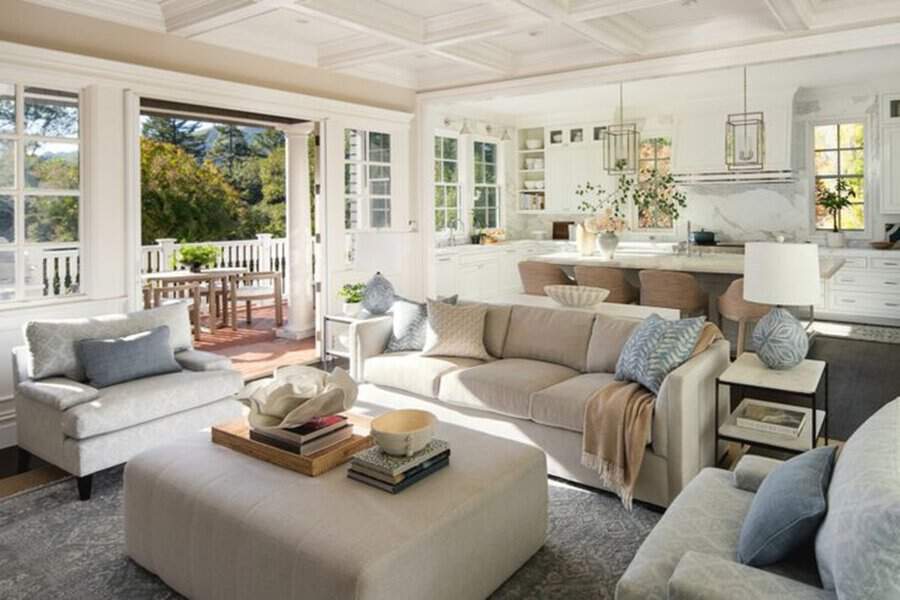
Cape Cod Style Homes: Embracing Coastal Charm in Every Room
A Cape Cod-style home is the perfect blend of coastal charm and timeless design. With its cozy interiors, classic exteriors, and subtle nautical influences, it’s no wonder that this style continues to captivate homeowners. Whether you’re working with a spacious estate or a small cottage, there are plenty of ways to embrace the serene beauty of Cape Cod living. Let’s explore how you can transform your space into a Cape Cod haven.
1. Living Room Layouts for a Cozy Vibe
Maximizing comfort in a Cape Cod living room begins with balancing functionality and coziness. A traditional layout often includes a central seating area, with sofas and chairs arranged to encourage conversation and connection. A fireplace can be a focal point that creates warmth and is a natural gathering spot. Add layered textiles, such as thick wool throws and textured cushions, to soften the space and create an inviting atmosphere.
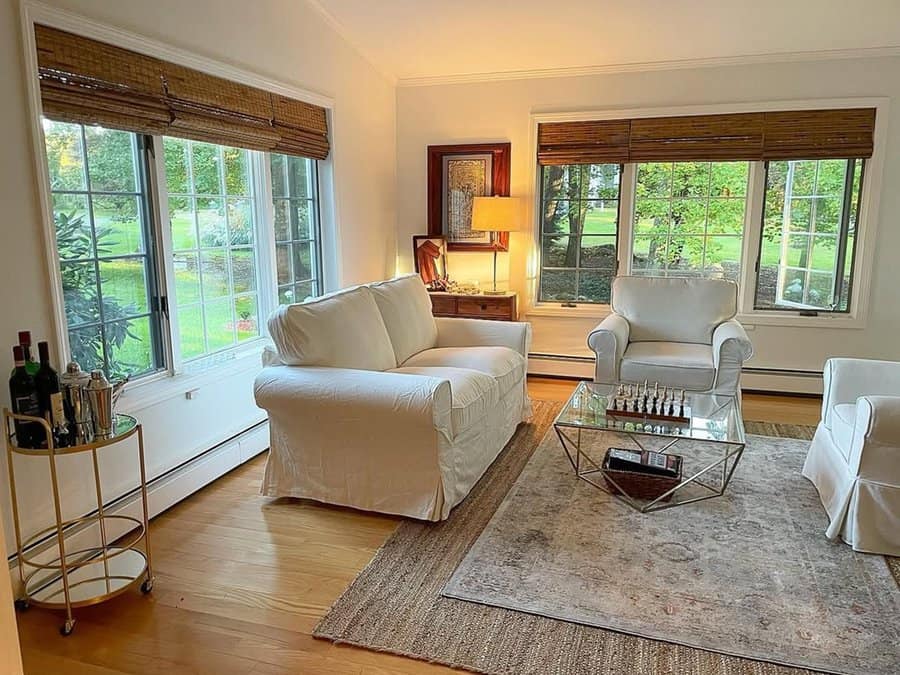
2. Rustic Living Room Ideas for Cottages
Rustic accents — exposed wood beams, reclaimed wood furniture, iron, or vintage-inspired lighting — are essential in achieving the Cape Cod cottage look. A weathered coffee table or driftwood accents can evoke the feeling of coastal life, while soft neutrals like sandy beige, soft whites, and subtle blues ensure the room feels calm and peaceful. Vintage-inspired accents like old fishing nets or antique mirrors can provide additional character while maintaining the rustic charm.

3. Maximizing Space in Small Houses
Small Cape Cod houses benefit from strategic use of space. Multi-functional furniture, such as storage ottomans or fold-out tables, helps to keep rooms tidy while serving multiple purposes. Mirrors can reflect light and make spaces appear larger. Additionally, creating vertical storage solutions, like built-in shelves or hanging racks, can utilize otherwise wasted wall space.

4. Cottage and Farmhouse Aesthetic
The Cape Cod and farmhouse aesthetic blends rustic charm with coastal simplicity. Stick to a palette of soft, muted colors — whites, grays, and light blues — while introducing natural materials like wood, stone, and cotton. Farmhouse-inspired furniture, such as a large farmhouse dining table or open shelving, complements Cape Cod elements, especially when paired with nautical accents like striped pillows or seashell decor.
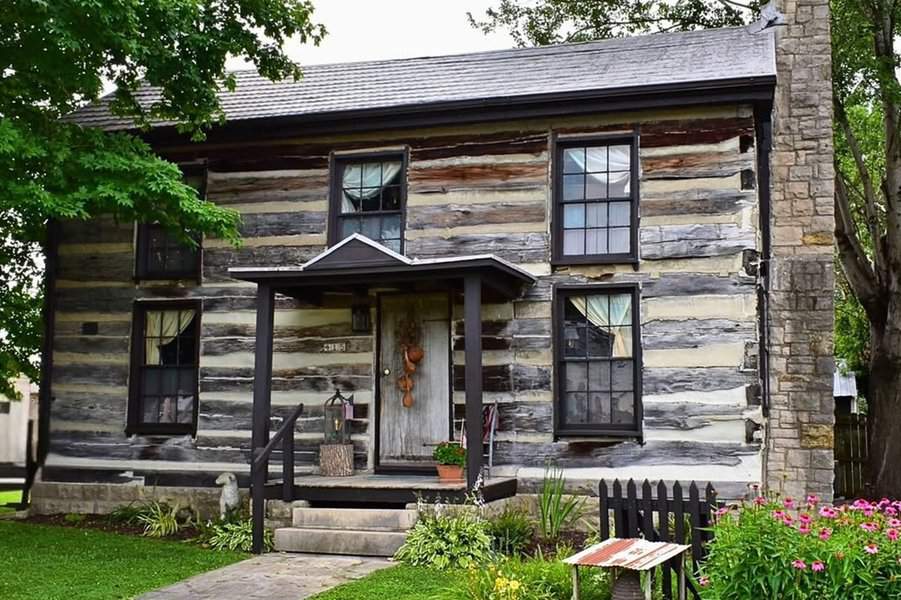

5. Timeless Cottage Exteriors
A classic Cape Cod cottage exterior exudes charm with its symmetrical design, steep roof, and dormer windows. Shingle siding, painted in soft tones like muted grays or whites, adds a timeless coastal look. Consider landscaping with simple yet functional greenery, such as boxwood hedges or hydrangea bushes that grow naturally in the Cape Cod environment. Traditional lantern-style lighting by the front door and crisp white trim complete the look.
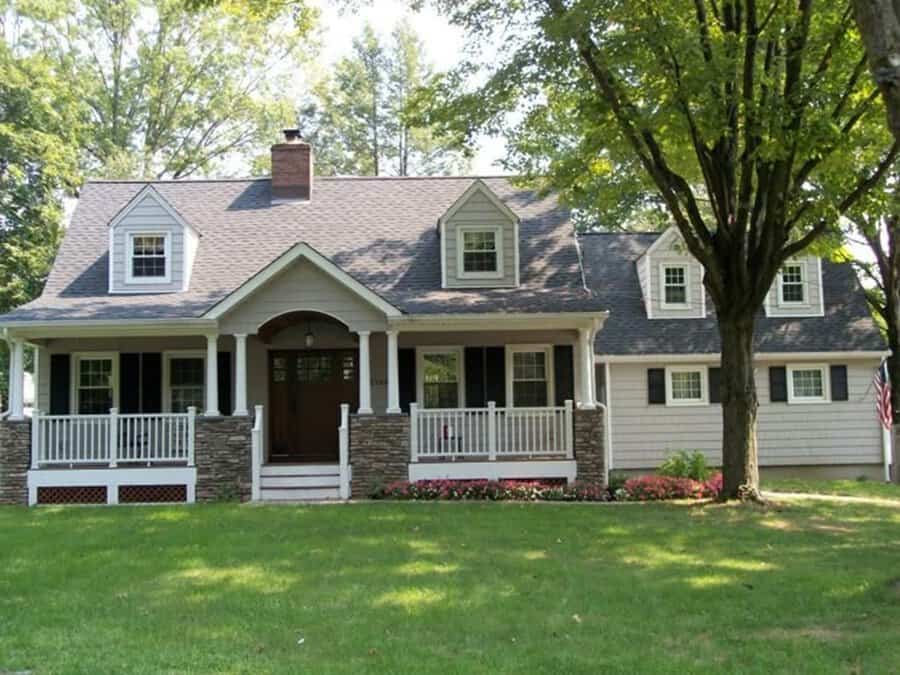
6. Modern Farmhouse Elements
Integrating modern farmhouse elements into Cape Cod design brings a fresh take to traditional coastal living. Black metal light fixtures, sleek stainless steel appliances, and industrial-inspired furniture can add contemporary flair. To balance the modern touches, include rustic elements that ground the space in Cape Cod tradition.
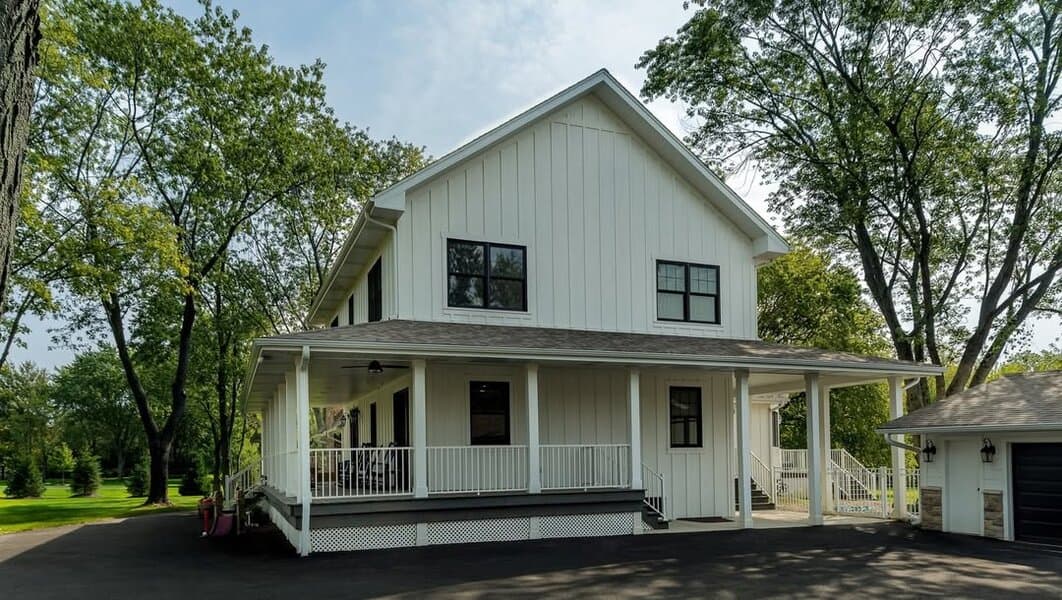
7. Coastal Cottage Decor for a Classic Look
To create a classic Cape Cod look with a coastal cottage feel, use a color palette inspired by the sea. Include nautical-themed accessories like rope details, vintage lanterns, and driftwood mirrors. Furniture should be simple and timeless, with slipcovers and wicker accents for a breezy, beachy vibe. Light, airy fabrics for curtains and upholstery help maintain a relaxed atmosphere.
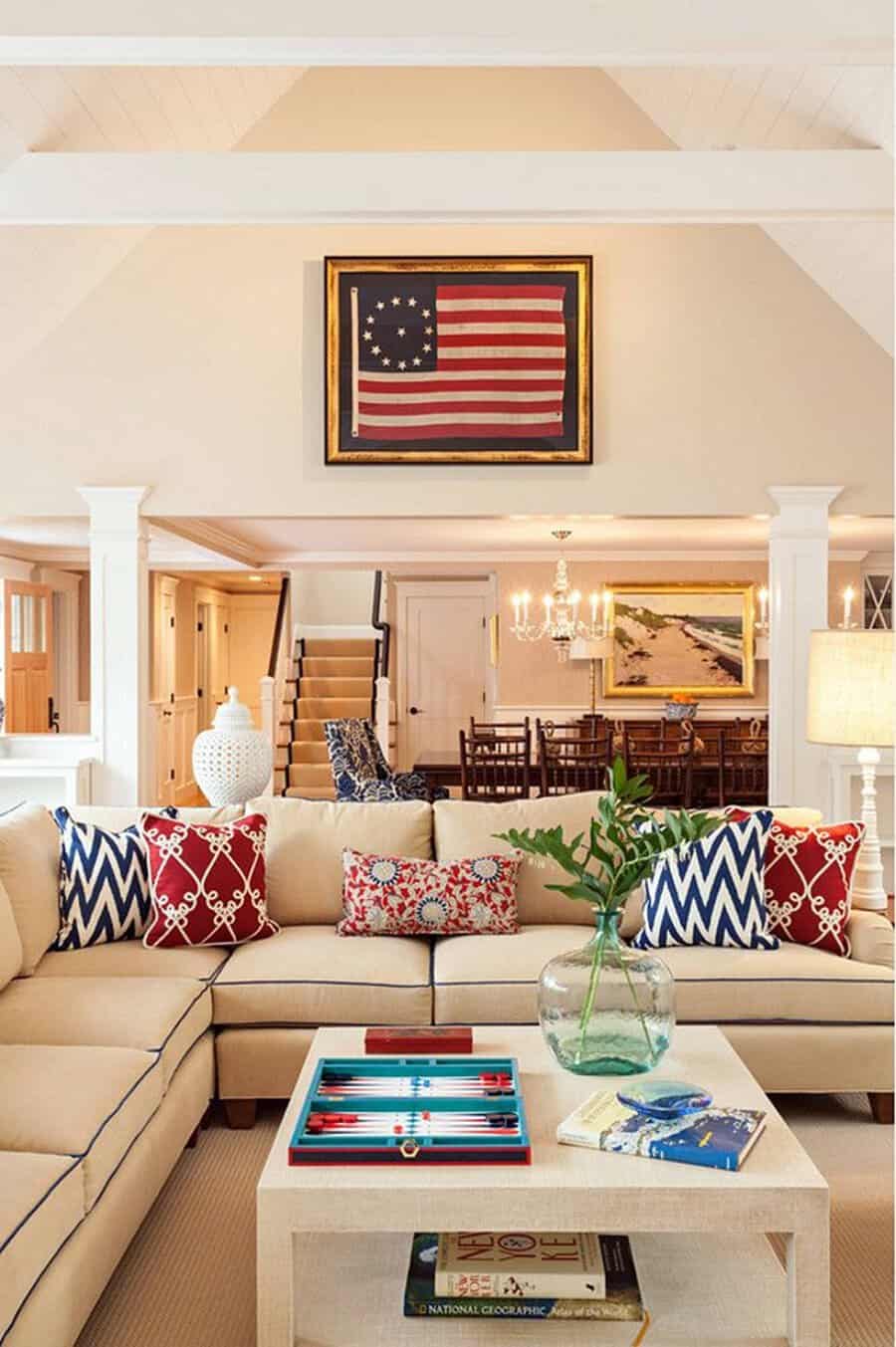

8. Craftsman-Style Details for a Unique Twist
Craftsman-style details can offer a unique twist to the traditional Cape Cod aesthetic. Consider using detailed woodwork like built-in shelving or crown molding. Exposed beams, which are a signature Craftsman feature, can add architectural interest. For furniture, stick to pieces with simple lines but with rich, warm finishes.
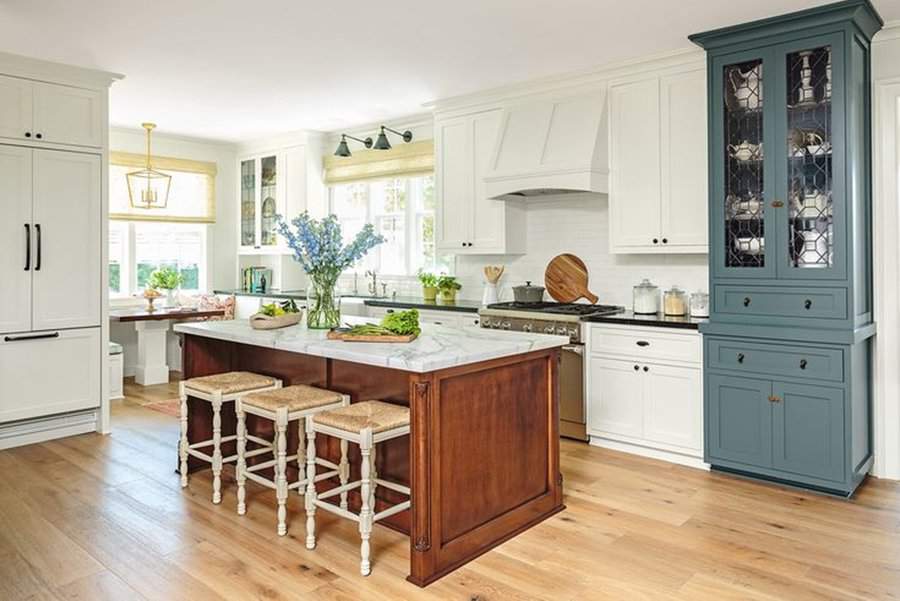
9. Coastal Front Yard Landscaping
A coastal front yard for a Cape Cod home should complement its serene natural surroundings. Native plants like beach grass, lavender, or daylilies thrive in sandy soils and require minimal maintenance. Add low stone walls or picket fences to define the space and a simple flagstone pathway or a wooden bench to invite relaxation.
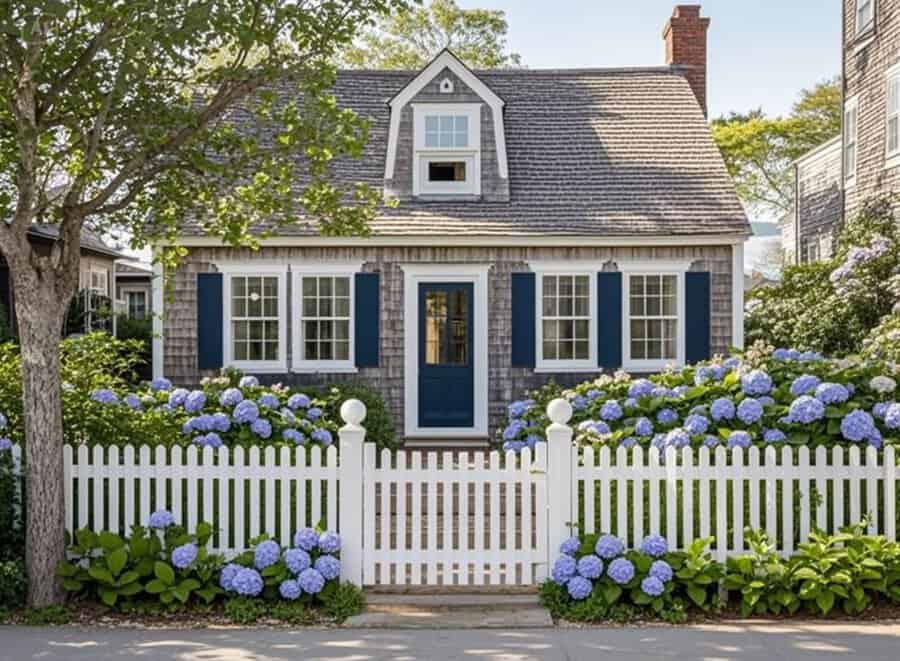
10. Beach-Themed Exteriors
Keep the materials natural and weather-resistant, and choose light neutrals such as off-white or soft blue for the siding, paired with wooden decks or porches. Keep decorations minimal — weathered Adirondack chairs or simple wooden shutters will suffice. A beachy vibe can be amplified by adding outdoor lanterns or a hammock.
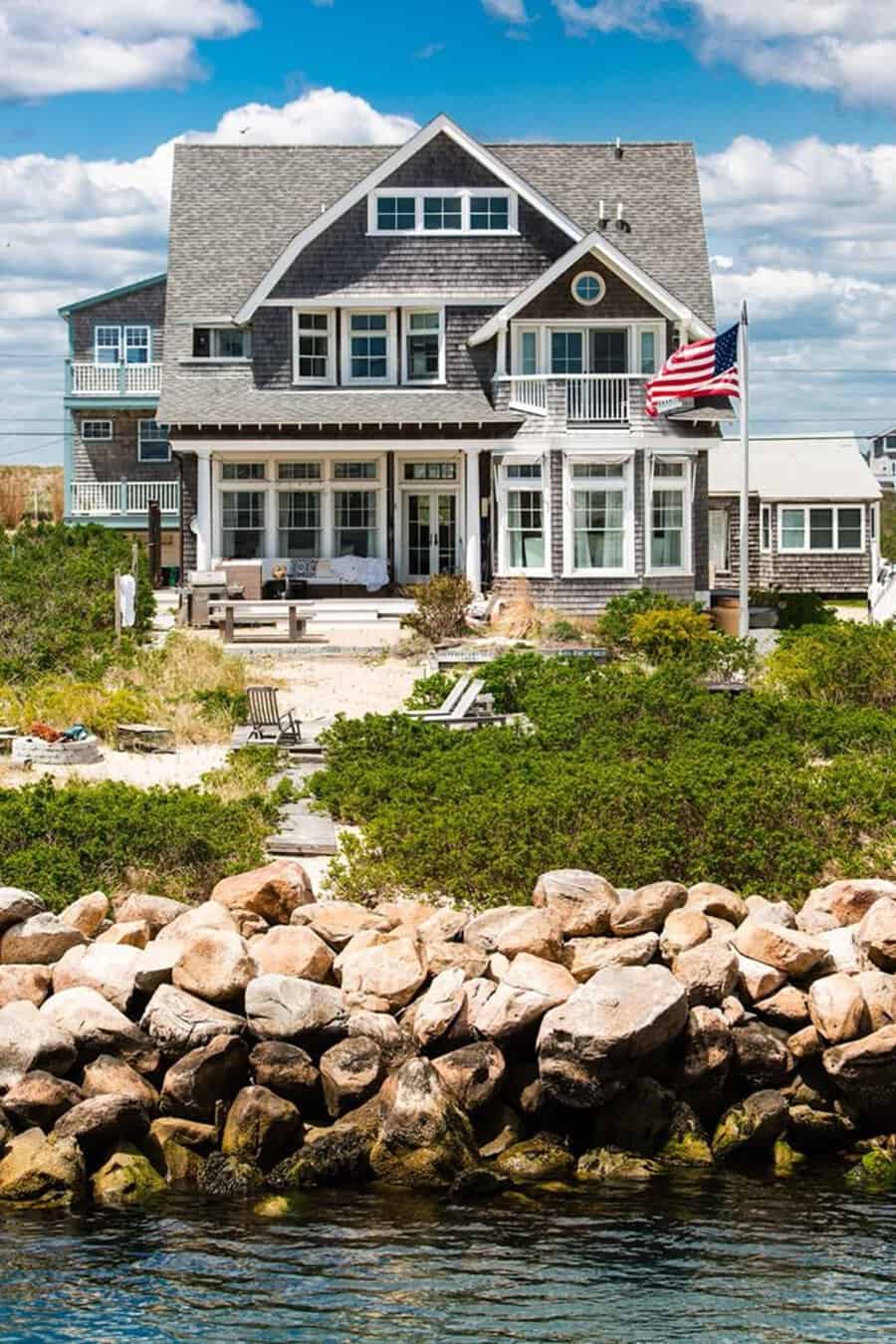

11. Kitchen Layouts That Maximize Space
In a Cape Cod kitchen, layout efficiency is crucial, especially in smaller spaces. An open-plan design can create flow and make the kitchen feel more spacious. Use cabinets that go all the way to the ceiling for additional storage without taking up floor space. Consider a kitchen island with built-in shelving or drawers for extra functionality, and keep counter spaces clear with wall-mounted storage.

12. Farmhouse-Inspired Kitchens
A farmhouse-inspired kitchen in a Cape Cod home blends rustic charm with practicality. Consider wide farmhouse-style sinks paired with shaker cabinets and vintage-style appliances. Exposed shelving and a butcher block countertop offer a practical yet stylish touch. To add warmth, choose natural wood elements like oak or walnut for the table, beams, or flooring.
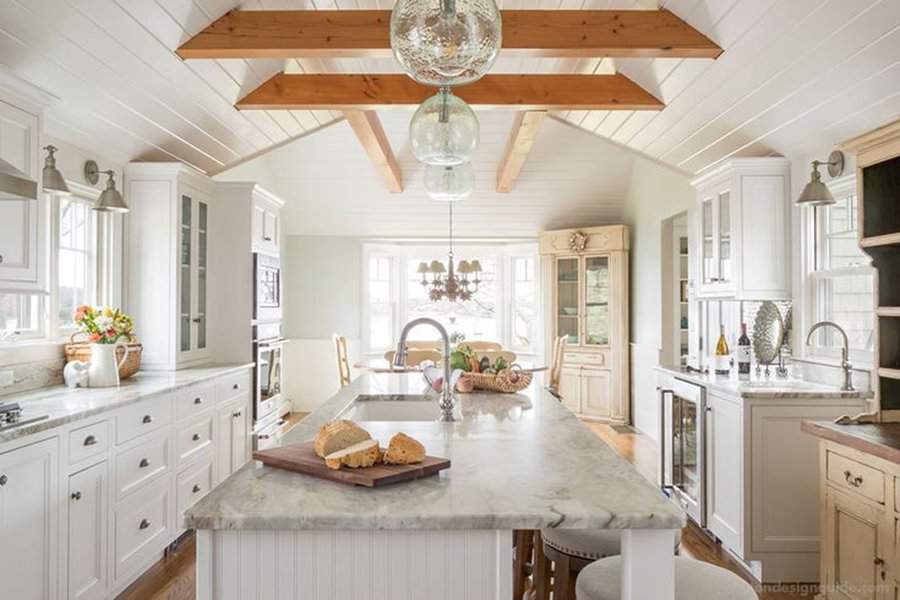
13. Welcoming Front Door Ideas
A welcoming front door should reflect the simplicity and charm of a Cape Cod home. Consider a classic, solid wood door with deep blue or navy paint that evokes coastal hues. Add a traditional brass knocker or nautical-inspired details like a rope wreath. A welcoming mat with a subtle design and potted plants on either side complete the look.
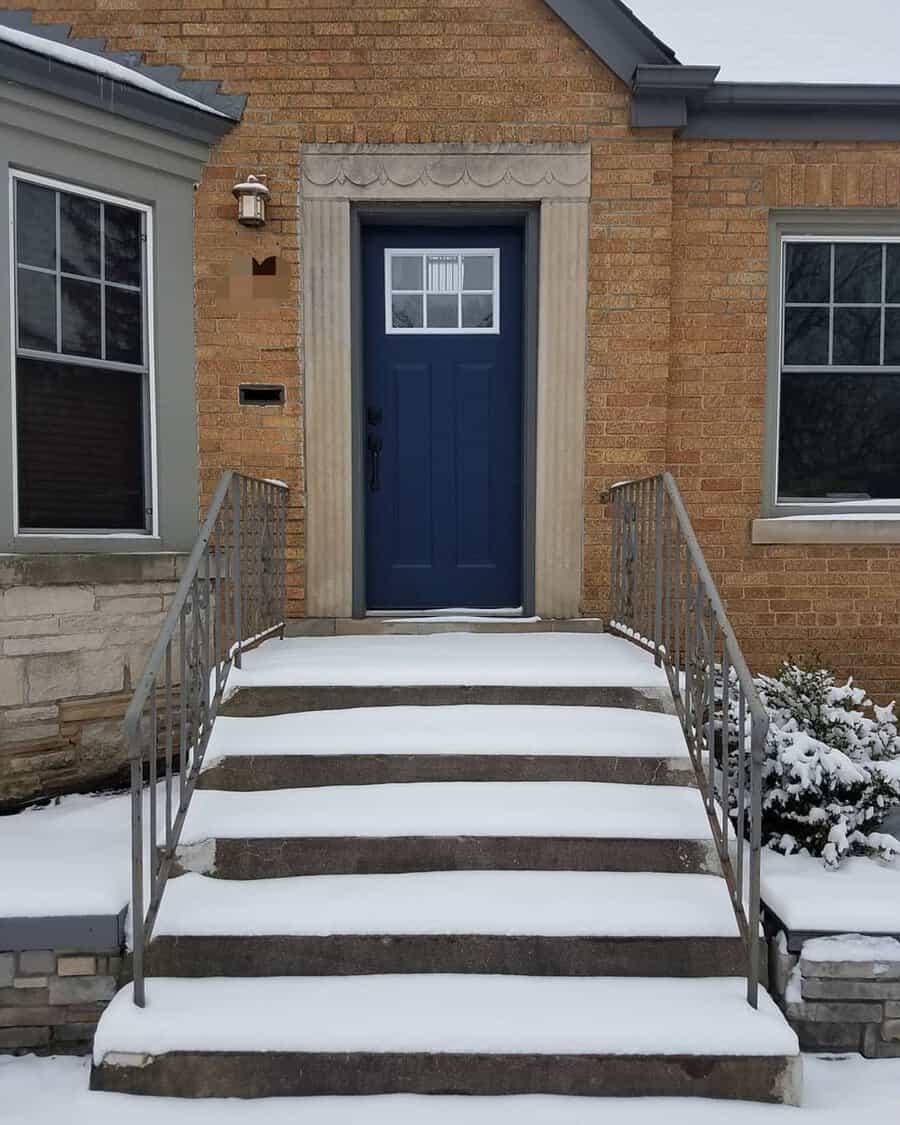
14. Rustic Front Door Designs
For a rustic front door on a Cape Cod house, use natural materials such as reclaimed wood or a painted wooden door with distressing. Consider a classic Dutch door that opens at the top. Add iron hardware, such as a vintage-style handle or hinges, to complement the rustic style.

15. Mixing Mid-Century Modern with Cape Cod Tradition
Select clean-lined, low-profile furniture mid-century modern pieces that contrast with the softness of traditional Cape Cod elements. Wooden accent pieces, such as tables or chairs, should feature angular legs or light wood finishes. A few statement lighting pieces, like a mid-century chandelier, can bring a modern flair while respecting the traditional coastal vibe.
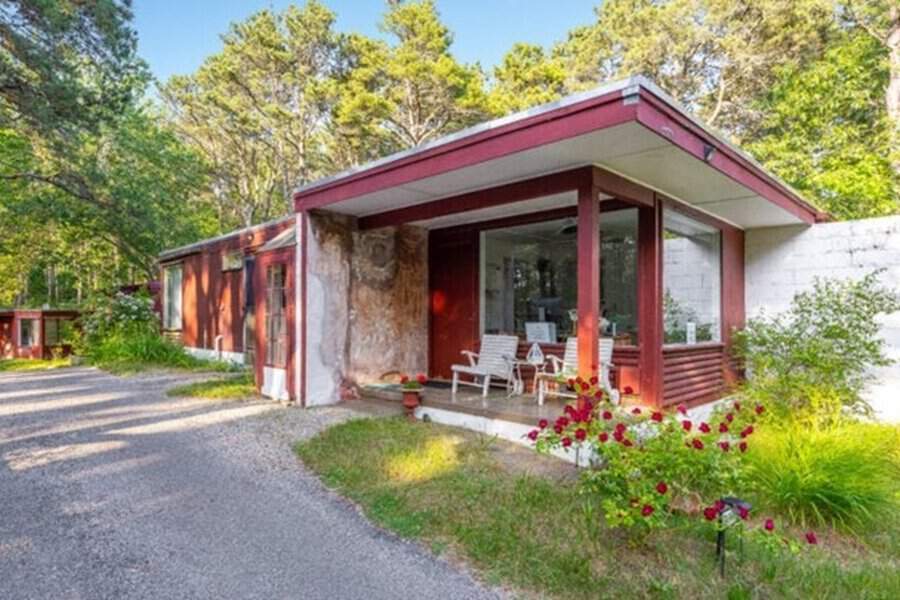
16. Adding Ocean Hues
Ocean hues like teal, aqua, and seafoam green can bring a touch of the coast into Cape Cod design. Use these colors in accent pieces such as throw pillows, vases, or artwork to create visual interest. Soft, watery shades also work well on walls or bedding. It’s best to balance these hues with neutral tones.
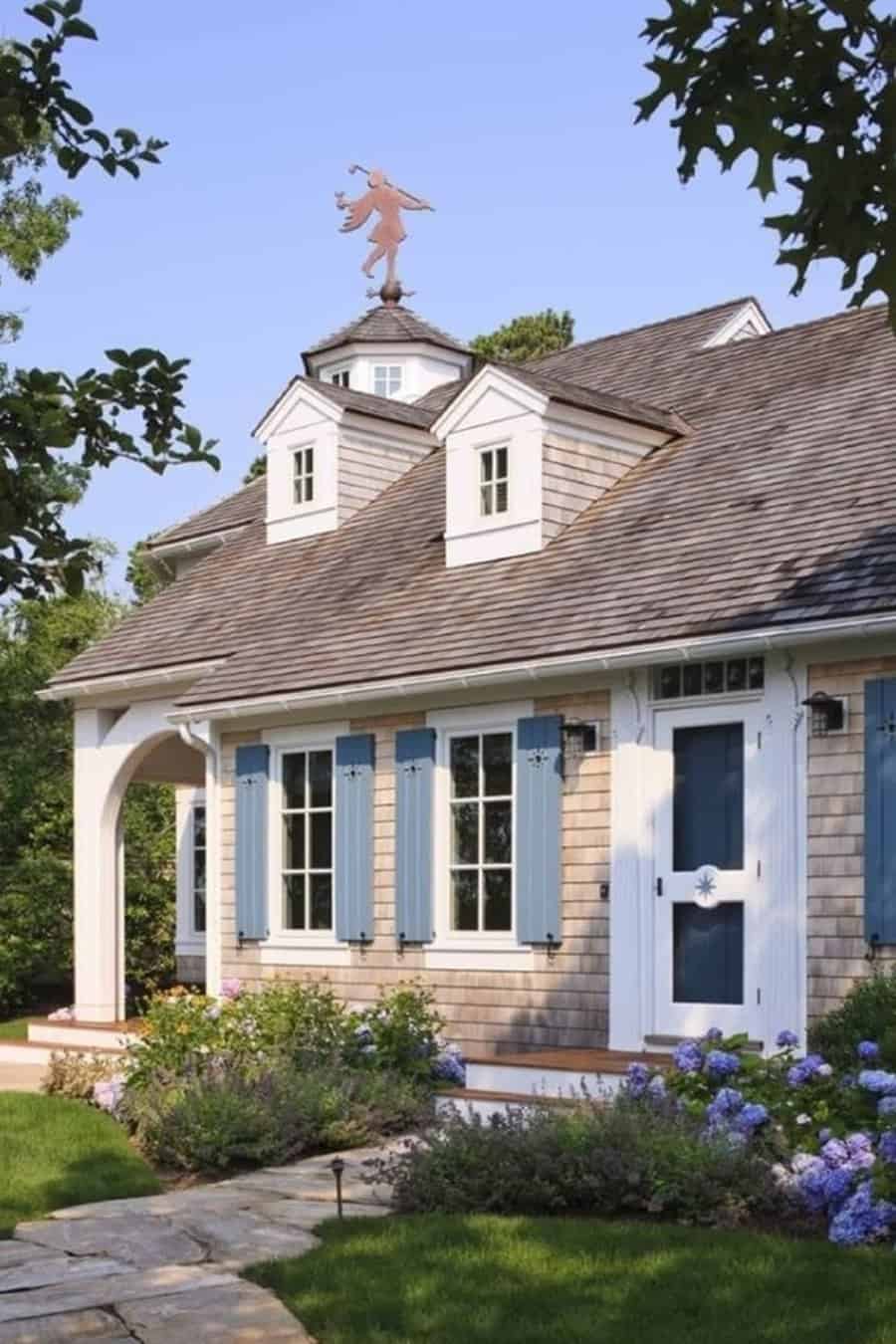
17. Lighting Ideas for Cozy Homes
Start with ambient lighting, such as a chandelier or pendant lights, to evenly distribute light throughout the space. Add task lighting with lamps placed by reading chairs or above the kitchen counter. Finally, consider accent lighting, like sconces or under-cabinet lights, to highlight architectural features or artwork.
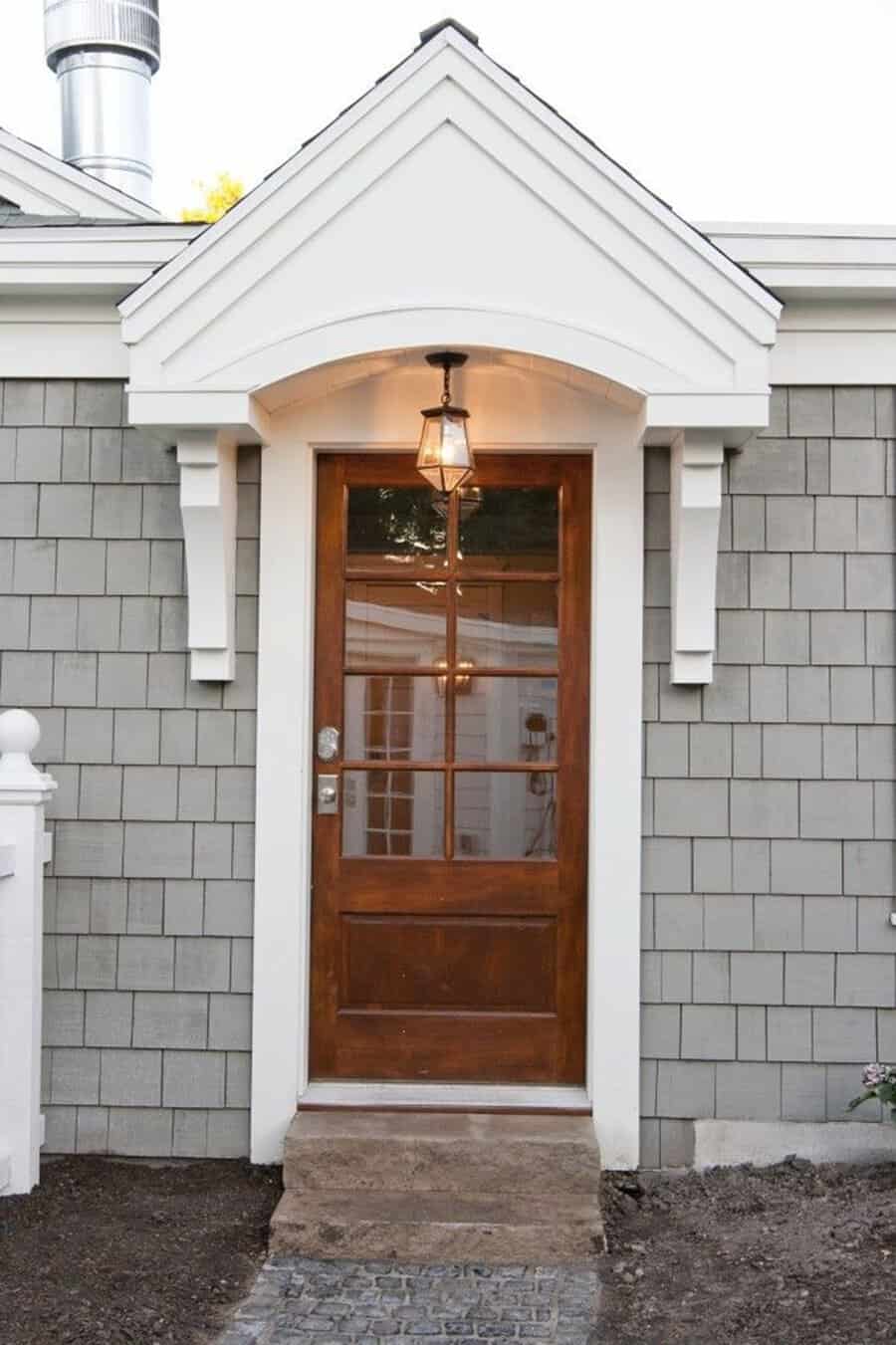
18. Modernizing a Cottage While Preserving Charm
Modernizing a Cape Cod cottage requires balancing updated features with the home’s timeless character. Replace dated finishes like heavy drapes with lighter, airier fabrics such as linen or cotton. Updating appliances and adding modern furniture can give the home a contemporary feel while keeping the exterior and key design elements true to the Cape Cod style.
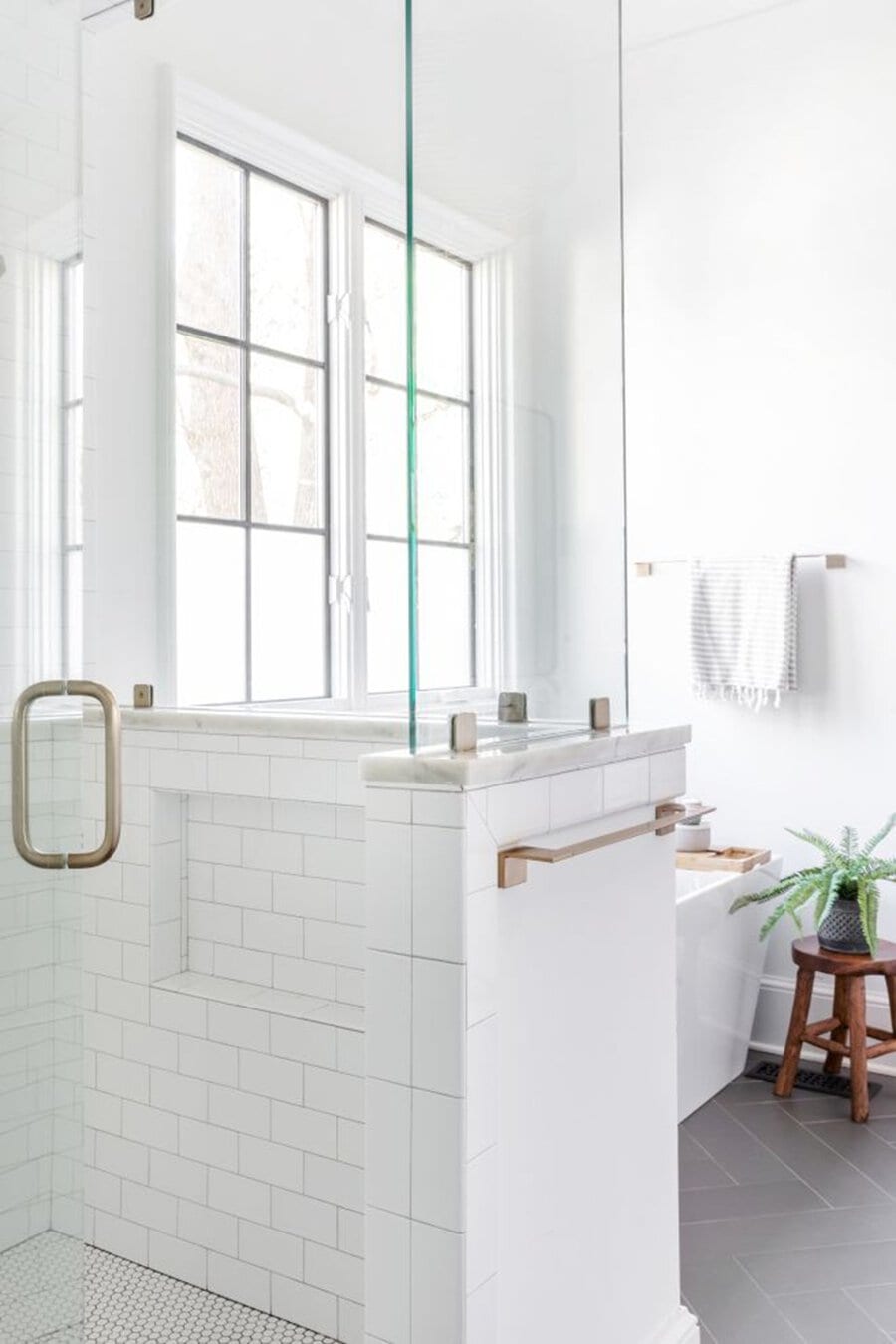
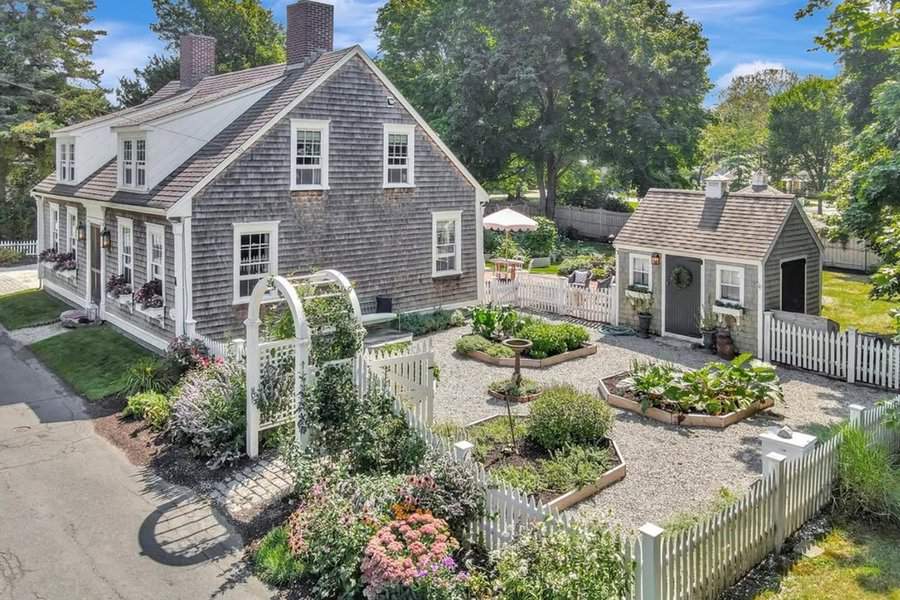
19. Landscaping Tips for Small Yards
For small yards, choose compact, low-maintenance plants like lavender, hydrangeas, and beach grass. Create distinct outdoor living areas with pavers or gravel paths leading to small seating areas. Using vertical elements like trellises or hanging baskets helps save space while still adding greenery.
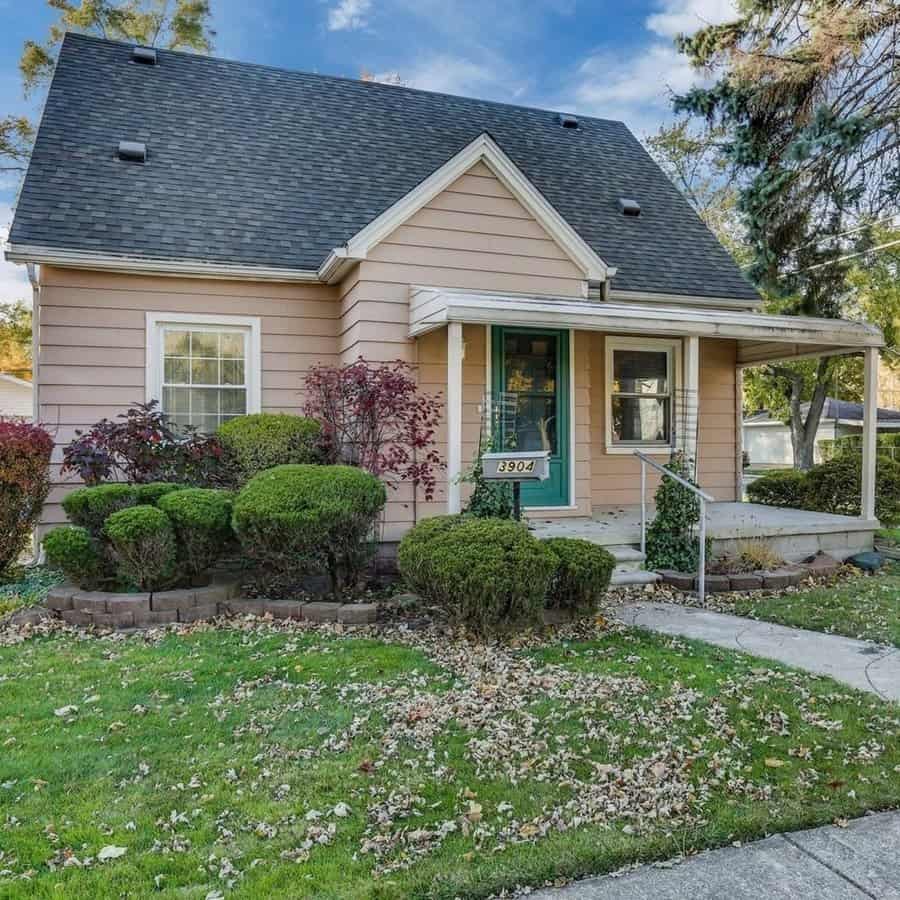
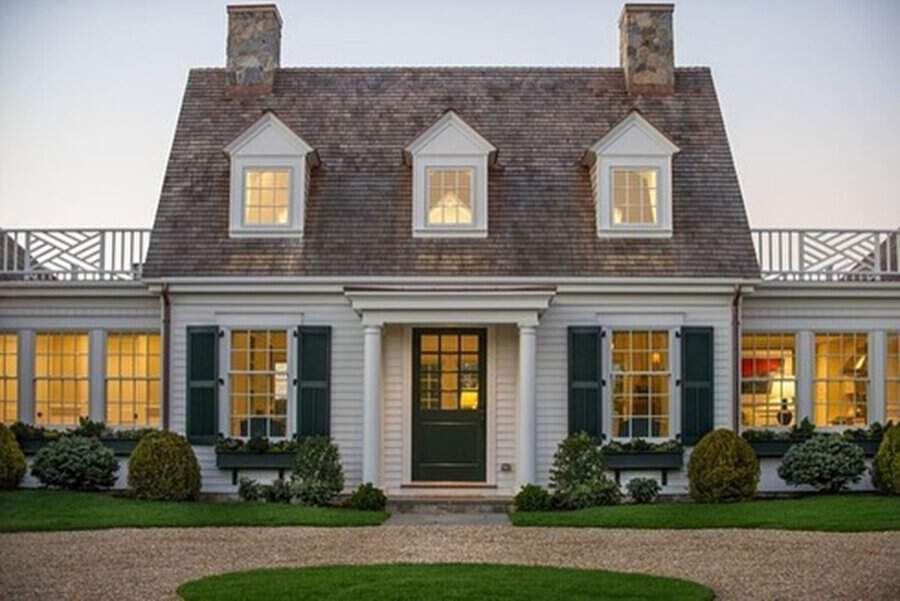
20. Open-Concept Layouts for Small Homes
An open-concept layout in a small home can create a sense of spaciousness and flow. Remove walls that block the natural light and create a seamless transition between the kitchen, dining, and living areas. Multi-functional furniture can serve multiple purposes, such as a coffee table that doubles as extra storage or a dining table that expands for larger gatherings. Keep the color palette light to open up the space further visually.
